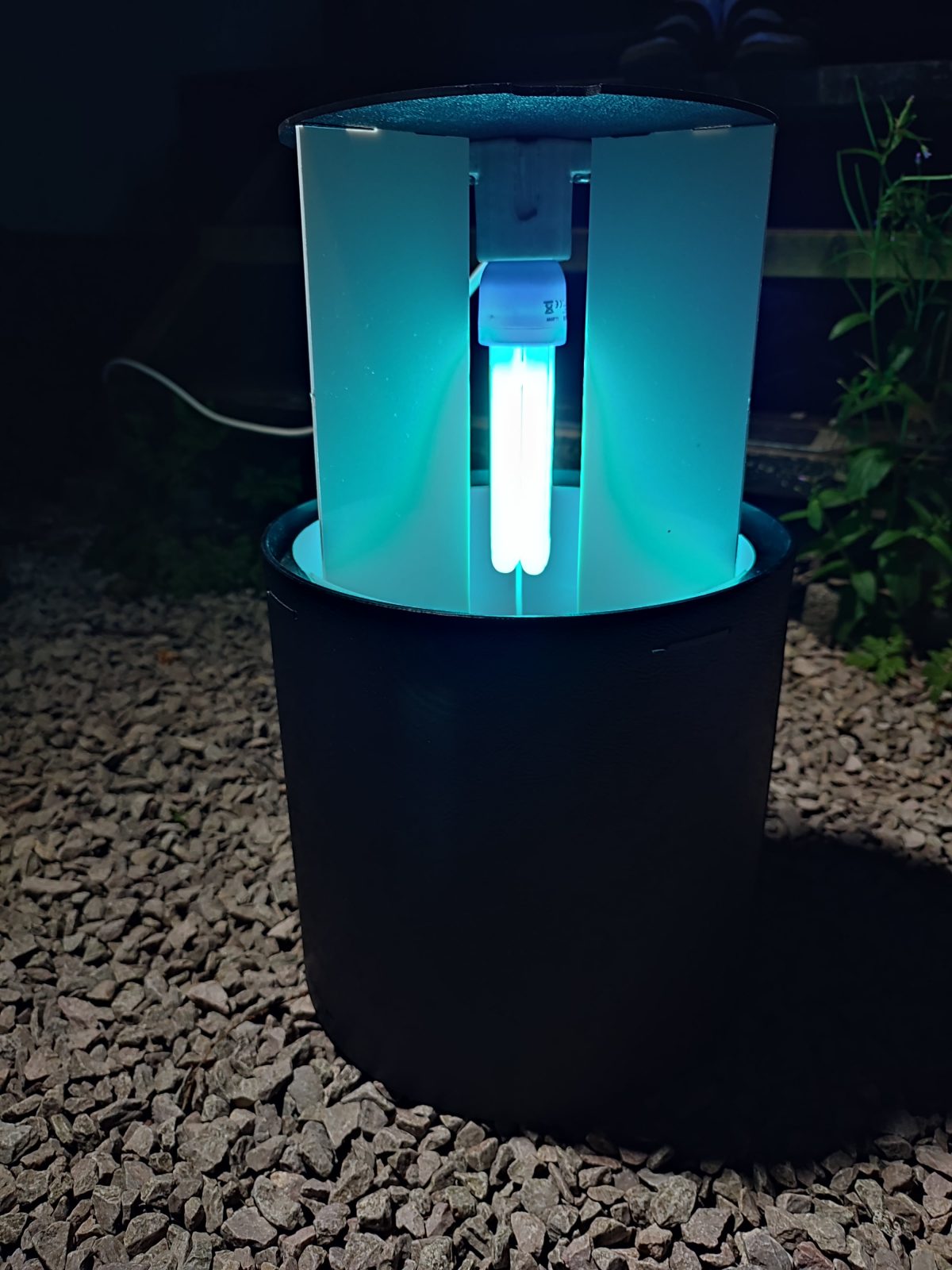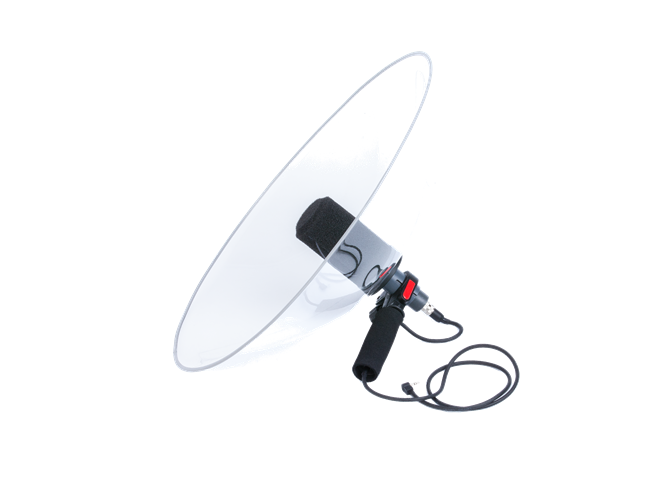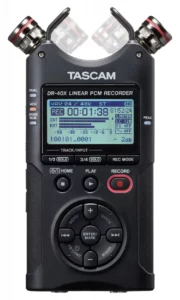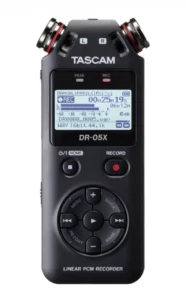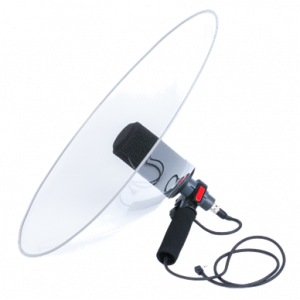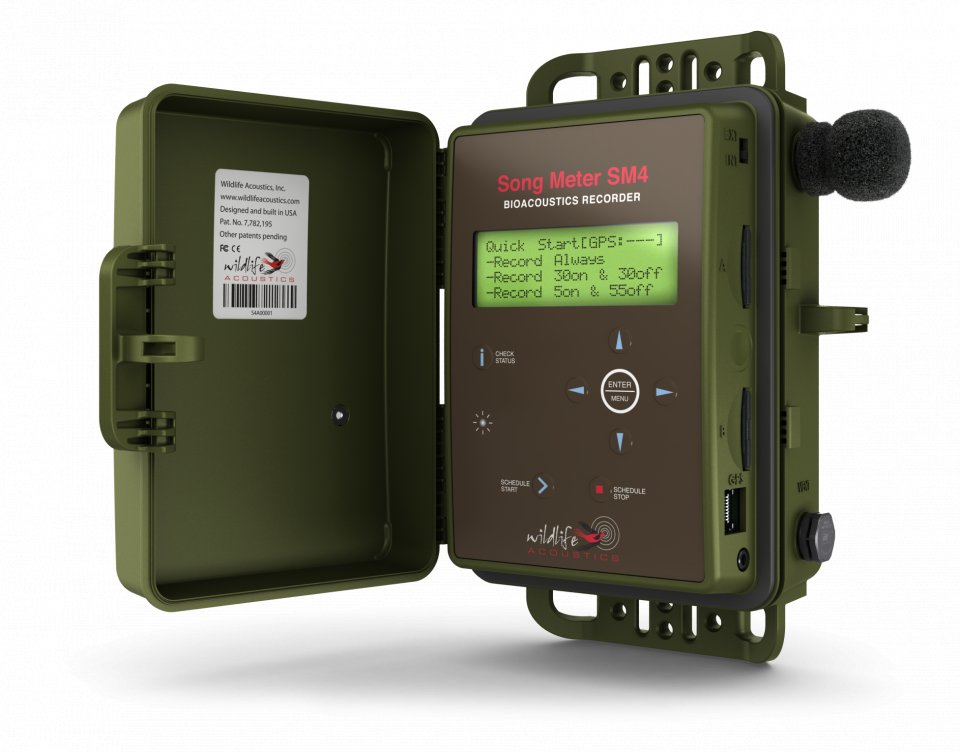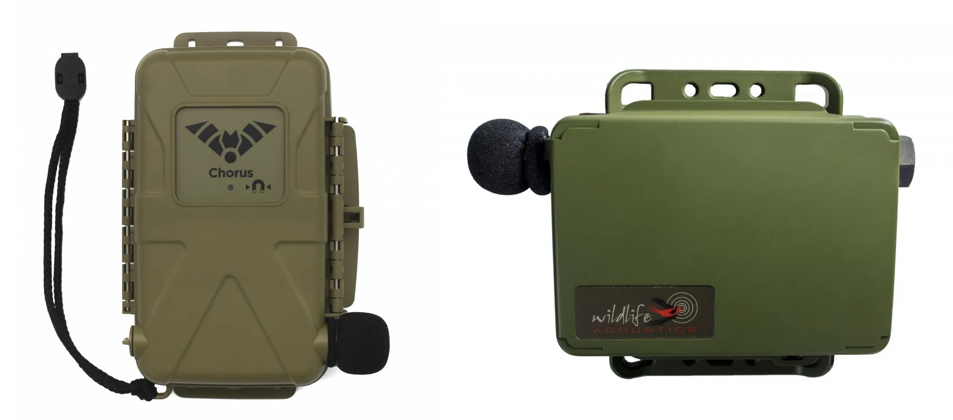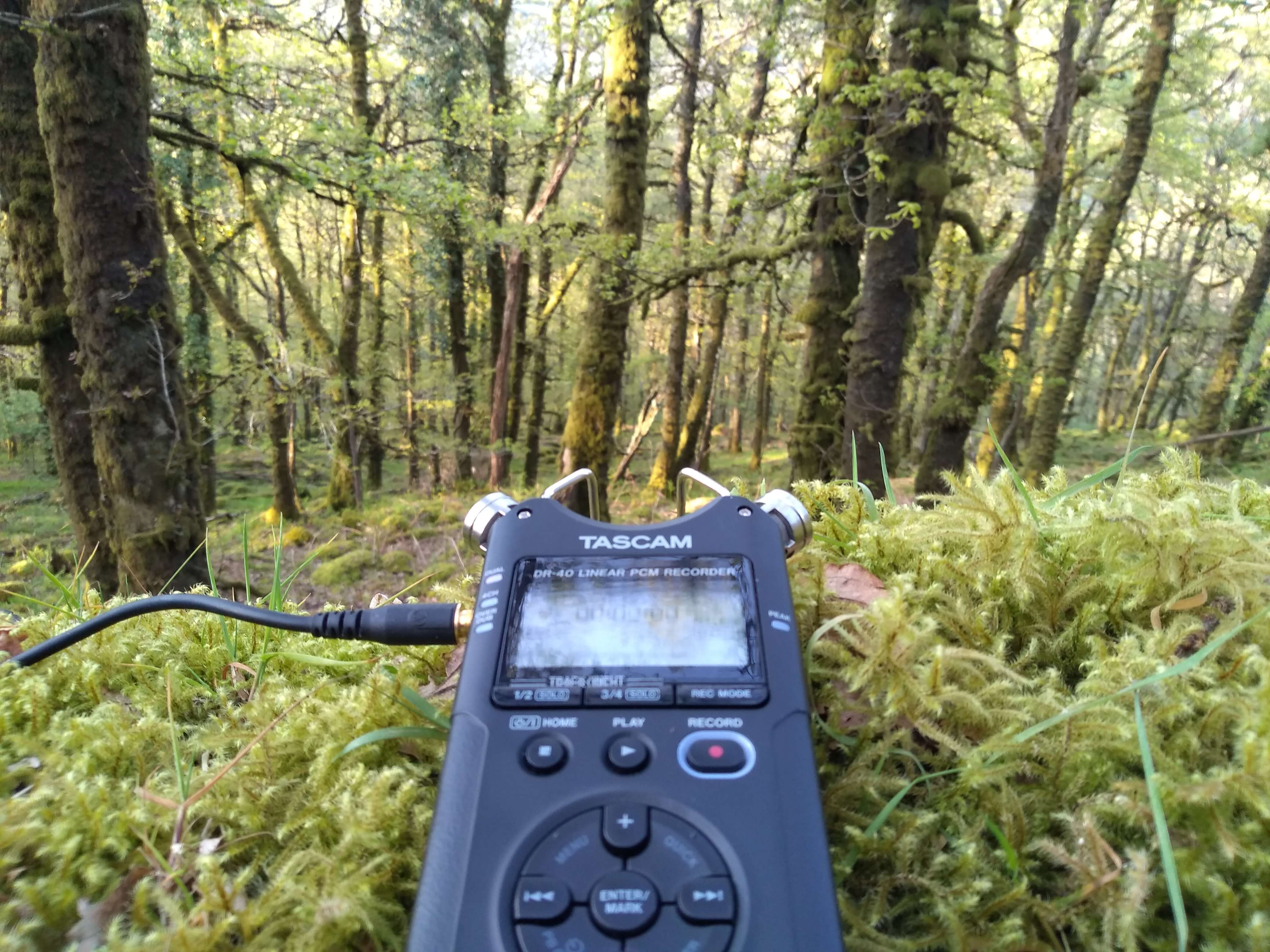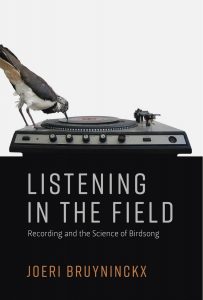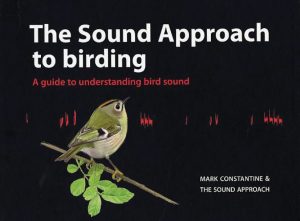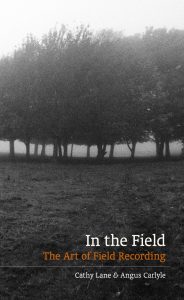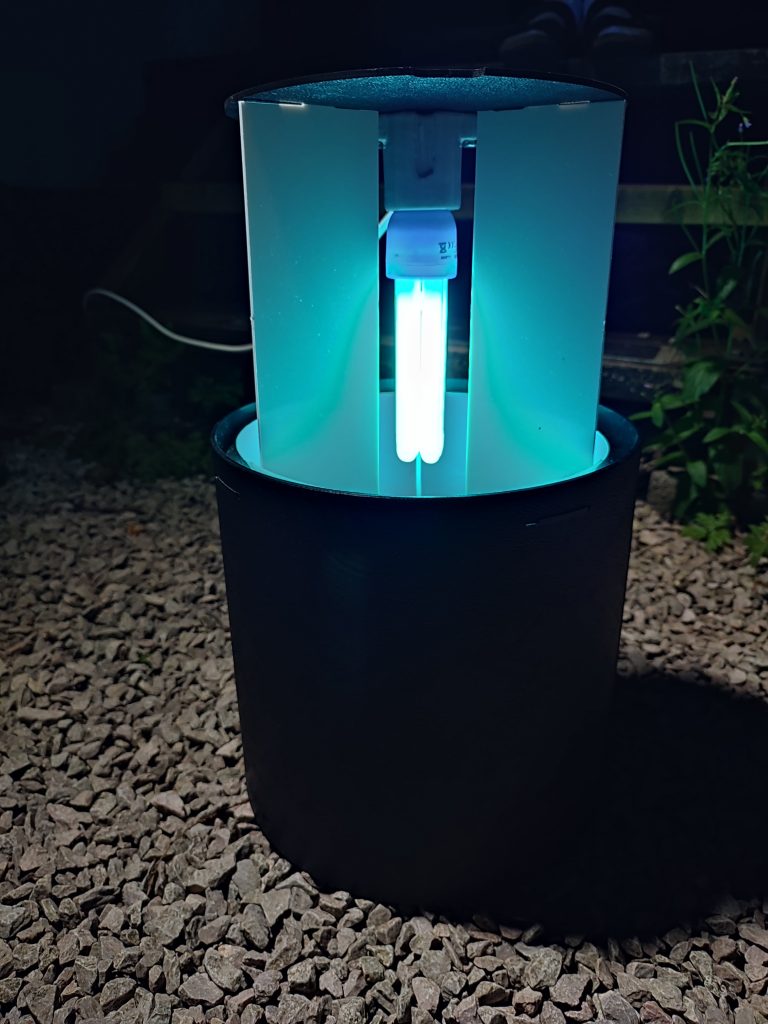 Recently added to our range, the Rigid 20w Skóros Moth Trap is a lightweight portable moth trap, comparable to the successful Heath moth trap in design. Featuring a compact, rigid base that requires no preassembly, Skóros (from the Greek word for moth) is ideal for children, beginners or the seasoned lepidopterist looking for a portable, no-fuss trap.
Recently added to our range, the Rigid 20w Skóros Moth Trap is a lightweight portable moth trap, comparable to the successful Heath moth trap in design. Featuring a compact, rigid base that requires no preassembly, Skóros (from the Greek word for moth) is ideal for children, beginners or the seasoned lepidopterist looking for a portable, no-fuss trap.
We tested the Skóros in a small, suburban garden towards the end of the peak-trapping season in late August.
Use in the field
The first thing I was struck by while setting up the trap is how robust it feels. Despite weighing a mere 1.7kg, all the plastic parts are sturdy and indicate the trap could withstand many years of use. It’s relatively small in size when compared to Skinner moth trap designs, for example, making storage and transport easy.
The supplied 20w bulb is bright enough to have a successful attraction rate while not being overly intrusive to any immediate neighbours.
As previously mentioned, the rigid base requires no preassembly so set up is a straightforward affair; simply slot the three plastic vanes into the cone and place the lid on top. Finally, screw the supplied bulb into its fitting, taking care to handle it by its base rather than the fragile glass envelope. Remember to place egg boxes on the base underneath the cone so that any moths that fly into the trap have somewhere dry and dark to settle until they are released the next morning.
Checking the weather for favourable trapping conditions (preferably a calm, warm and dry night), the trap was deployed on a muggy, overcast August evening around dusk. This timing increases the chances of catching some of the crepuscular or day-flying species.
We left the trap tucked in the corner of the garden, taking advantage of the white garden wall to reflect some of the light and the 5m mains cable was suitably long enough to run alongside the wall through a nearby open window to be plugged in. The Skóros was left running from just before dusk to a little after sunrise.
What we found
Returning to the trap early in the morning we were greeted with a decent sized catch, perhaps smaller than some of the larger-based traps in our range but still enough to keep us busy examining and ID’ing for an hour or two!
Accessing the catch itself is also very straightforward; the plastic cone pops easily out of the base, allowing easy access to the egg boxes laid down the night before.
Many of the moths caught were starting to look a little ragged, but using a copy of Field Guide to the Moths of Great Britain and Ireland and some magnifying pots for the smaller micro-moths, we recorded the following list of species:
-
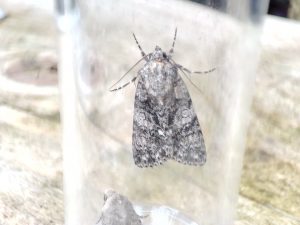
Knot grass (Acronicta rumicis) 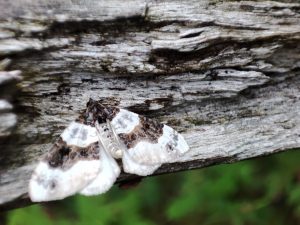
Purple bar (Cosmorhoe ocellata) - Brimstone
- Lesser broad-bordered yellow underwing
- Bird cherry ermine
- Lime speck pug
- Blood vein
- Large yellow underwing
- Flame shoulder
- Square-spot rustic
- Purple bar
- Vines rustic
- Mullein wave
- Small square spot
- Common carpet
- Double-striped pug
- Pale mottled willow
- Several hard-to-definitively-ID micro-moths!
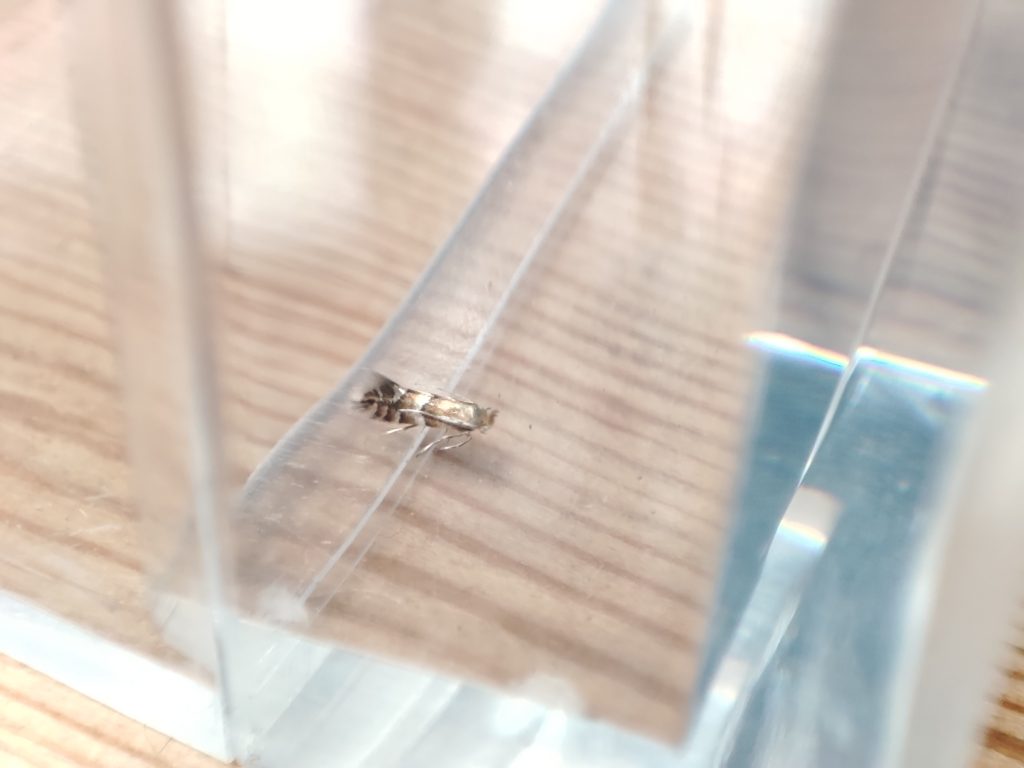
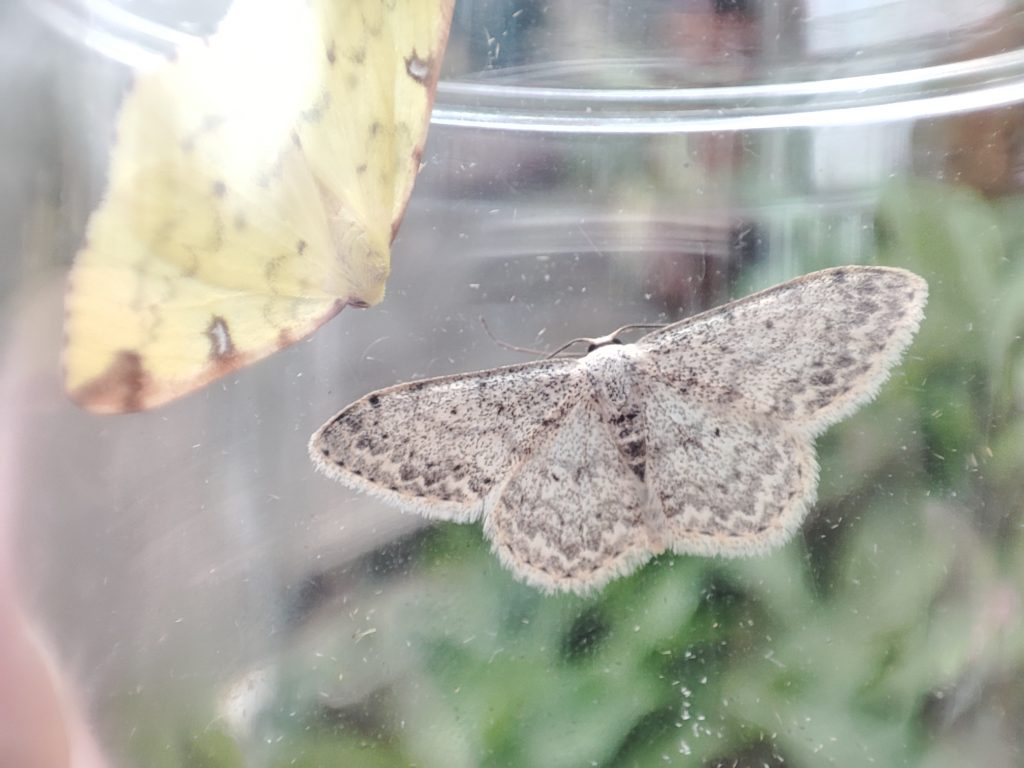
Brimstone moth (Opisthograptis luteolata) and mullein wave (Scopula marginepunctata) It’s also worth noting several species perched themselves on the walls and foliage around the trap, so we would recommend searching the immediate area surrounding the trap where it has been running overnight.
Our opinion
The Skóros strikes a good balance between portability and affordability. Its no-fuss assembly, compact size and affordable price point makes it an ideal first moth trap for beginners or children.
I did feel that the cylindrical base meant that there was less floor space on which to place egg boxes than some of the rectangular Heath traps, but considering the relatively small urban garden the trap was deployed in, it had a respectable catch and retention rate and the slight disadvantage of small floor space is easily offset by its ease-of-use and ergonomic design.
The Rigid 20W Skóros Moth Trap can be found here. Our full range of moth traps can be found here.
If you have any questions about our range or would like some advice on the right product for you then please contact us via email at customer.services@nhbs.com or phone on 01803 865913.

